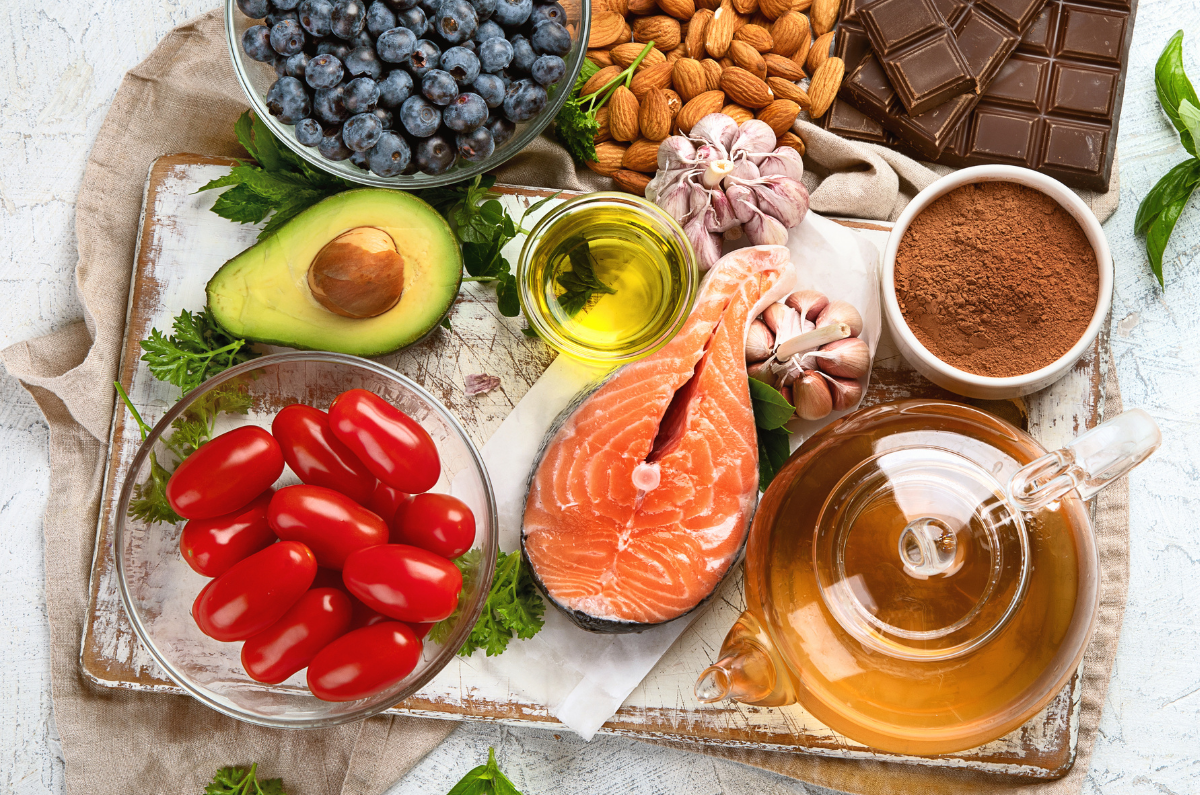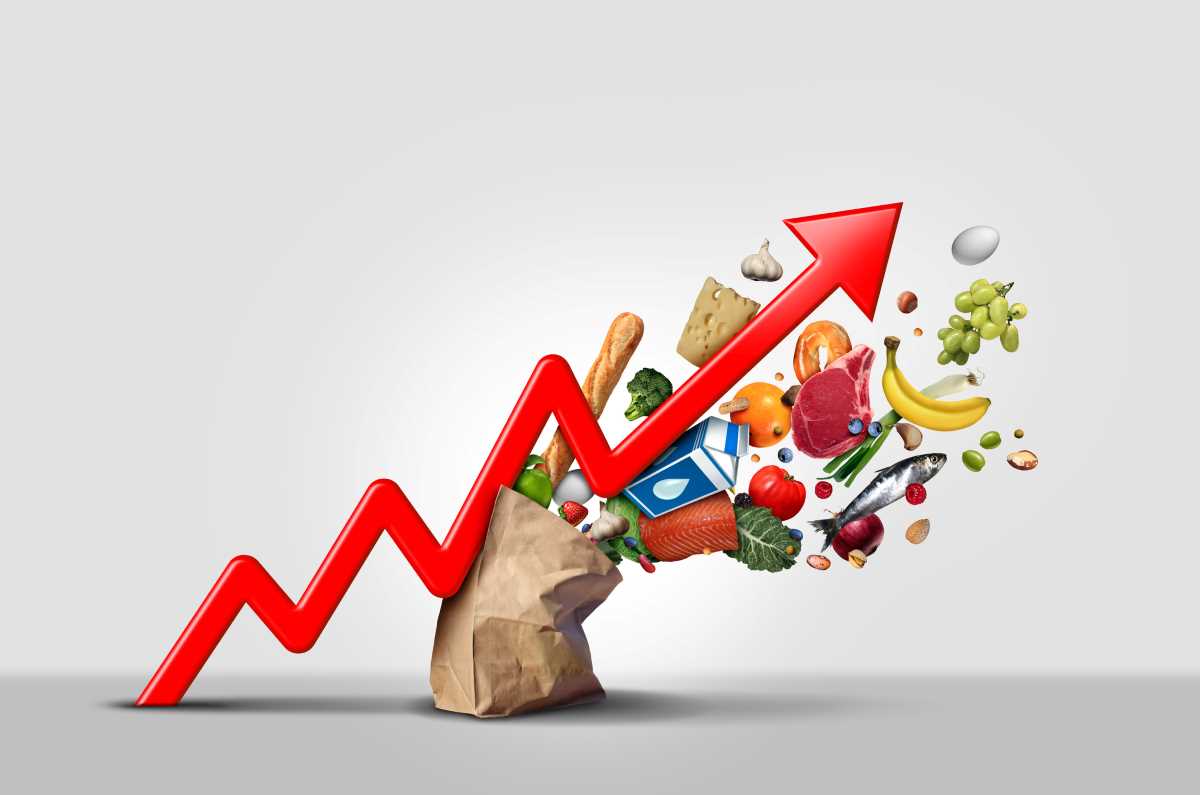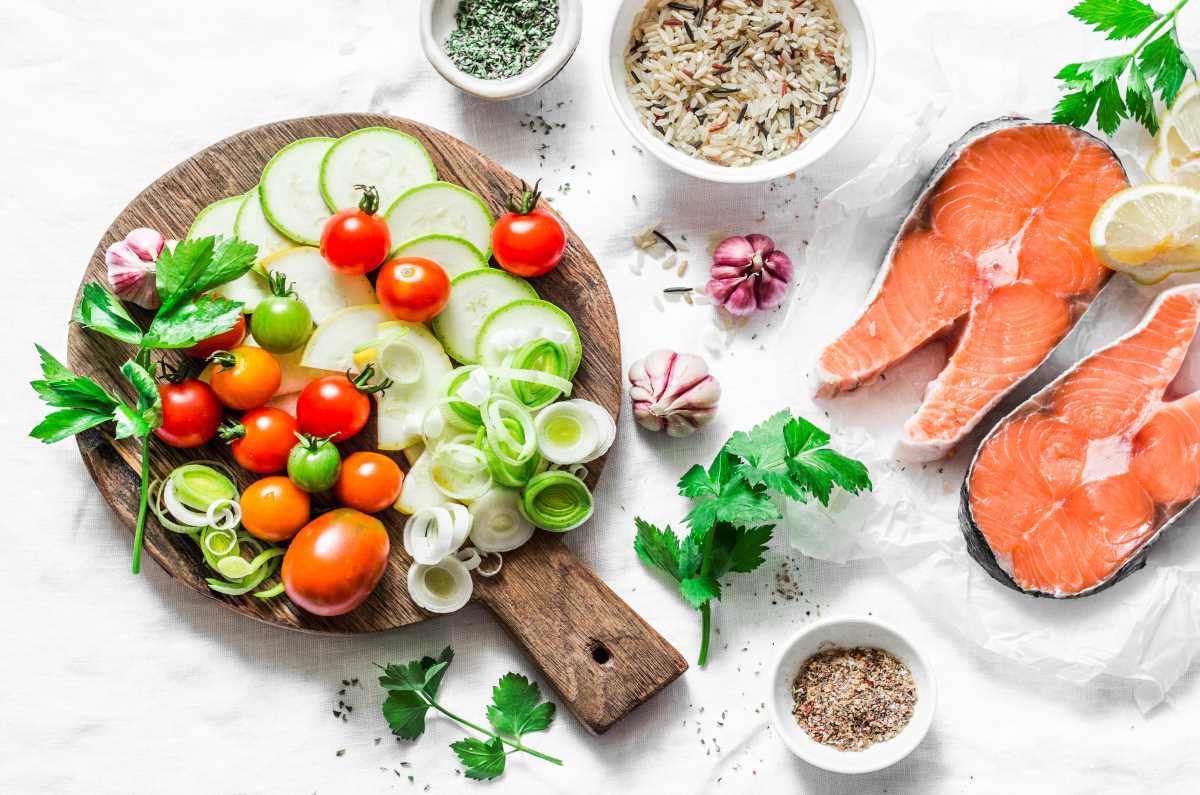We’re a country that loves a drink. Wine with dinner, beer at the footy, cocktails at the local bar with friends.
But what if your drinking is getting a little out of hand? What if you’re having too much of a good thing??
It may be time to take a break while you assess your relationship with booze.
What’s a safe amount of alcohol to drink?
The Australian Alcohol Guidelines recommend that ‘to reduce the risk of harm from alcohol-related disease or injury, healthy men and women should drink no more than 10 standard drinks a week and no more than 4 standard drinks on any one day. The less you drink, the lower your risk of harm from alcohol’.
The guidelines also recommend that children under 18 and pregnant or breastfeeding women don’t drink alcohol.
It’s important to note that consuming alcohol within the recommendations of these guidelines will reduce your risk, but there’s still a risk. Read the government’s info ‘How much alcohol is safe to drink’ to find out more.
How does alcohol affect your health?
There are many ways that regular alcohol consumption can negatively affect your health.
It can interact with your meds – including commonly used medications such as non-steroidal anti-inflammatories (e.g. ibuprofen) and disease-modifying drugs (e.g. methotrexate), causing problems such as ulcers, bleeding in the stomach and liver damage. Be aware of the risks, and always read the labels and consumer medicine information for all your medications about side effects and interactions. Talk with your doctor/pharmacist for more information about alcohol and your musculoskeletal or pain meds, as well as any other medications you take.
It increases the risk of a gout attack. If you have gout, drinking too much alcohol, especially beer, can increase your risk of a painful attack.
It affects your sleep. Getting sufficient quality sleep is vital for our overall health and wellbeing. However, people with musculoskeletal conditions often struggle with sleep issues – getting to sleep, staying asleep and feeling fatigued when they wake up. So while the idea of a nightcap to help you wind down and relax in the evening may sound like a good idea, alcohol will actually affect the quality of your sleep. Even if you sleep through the night, you’ll likely wake up feeling unrefreshed and foggy. To find out more about the relationship between alcohol and sleep, read this article from the Sleep Foundation.
It increases your risk of developing cancers and other serious diseases – this includes heart disease, cirrhosis (or scarring) of the liver, diabetes, mental health issues, stroke and high blood pressure. For more info, read ‘What are the effects of alcohol’.
It increases your risk of getting injured. If you’ve been drinking, especially if you’ve become tipsy or drunk, you’re more likely to injure yourself. When you become drunk, you lose your balance and coordination, increasing the risk of falling. You’re also more likely to engage in risky behaviours, such as driving, putting yourself and others at risk.
It can affect your mental health. Many people often turn to alcohol to relax after a stressful day or if they’re feeling a bit down. And it may provide a very temporary boost to their mood, but it doesn’t last. In the long run, drinking can contribute to feelings of depression and anxiety. It can also make it harder to deal with stress.
Benefits of putting a pause on the plonk
Whether you decide to reduce your alcohol intake, have a few alcohol-free days each week, or go without alcohol for a month or longer, you’ll immediately see some benefits. These benefits will be greater the longer you go without alcohol but will include:
Weight loss. If you’ve been struggling to lose weight, cutting your alcohol intake will definitely help. Alcohol is high in kilojoules, which provide no nutritional value. It can also make you feel hungry and may lead to choosing unhealthy foods to fill the hunger (hello 2am greasy kebabs smothered in garlic sauce ?).
Improved sleep. As mentioned earlier, alcohol interferes with the quality of your sleep.
No hangover. A pounding head and nausea are the price we pay for a night of overindulgence. As are the recriminations and the ‘never agains’ ?. Reducing/stopping your alcohol intake will take care of this. And just think of all the things you can enjoy on a Sunday morning without the morning after hangover!
You’ll save money. On the nights out at the pub/bar (wow, cocktails, cha-ching), on the cab/Uber ride home, or on the alcohol you buy to drink at home. It all adds up – to stacks of cash! Use the money you’d typically spend on grog and treat yourself to something special – like a massage, a new outfit or gold class movie tickets.
More meaningful time with family and friends. It’s amazing what you learn about each other when you take the time to listen and interact without alcohol getting in the way. Try doing different things together instead of sitting around drinking or hitting the pub – for example, going for a walk in the local park or bushlands, having a gaming marathon or making yummy mocktails.
Better performance at work. Waking up with a hangover or sleeping poorly because you’ve been drinking affects your ability to perform at your best at work.
Tips to help you reduce the hooch
Make a plan. Once you’ve decided you’re going to reduce the amount of alcohol you drink (or stop drinking entirely), you need a plan of attack. It can be tough going, especially if drinking has become a habit or an addiction.
Consider the following questions, and write down your answers. Put them somewhere prominent so you can refer to them when you need support or encouragement.
- Why do you want to reduce or quit alcohol?
Is it for health reasons? The impact it’s having on your personal relationships or work? Why is it important to you that you reduce or stop? - What are your limits?
Are you quitting alcohol entirely or reducing the amount you drink? Choose a limit for how much you’ll drink, but make sure it’s within the safe drinking guidelines. And include some alcohol-free days each week. - What are your triggers?
Why do you drink? And when? Do you always have a glass of wine while preparing dinner? Or have beers with your mates when you knock off work? Do you drink to help manage your anxiety? Or your pain? What makes you pour a drink or head to the pub? - What are your strategies to deal with these triggers?
For example, if you always drink a glass of wine while preparing dinner, swap it for herbal tea or soda water with a slice of lime or lemon. If you always drink with mates after work, let them know you’re trying to reduce or quit drinking, and stick to non-alcoholic drinks, or suggest you all do something else together. If you drink to deal with anxiety or pain, it’s essential to know that alcohol can actually make it more difficult to manage anxiety and can make your pain worse, so finding healthier ways to manage your pain or anxiety will be better for you in the long run. - Who’ll support you?
It can be challenging to quit or reduce alcohol alone. Tell your family and friends what you’re doing. They can encourage you and may even join you. Talk with your doctor and get information and advice to help you achieve your goal. If you’ve been using alcohol to manage your pain, discuss alternative pain management strategies. The same goes if you’re drinking to manage anxiety or depression.
Get professional help. Many people can help you if you want to reduce or quit alcohol. Your doctor is a great person to start with as they know you and your health conditions. There are also many support organisations to help you. DrinkWise has a range of resources to give you the facts about drinking and its impacts on you. They also have a comprehensive list of organisations that can help you. Check out their website for details.
Know a standard drink size. It’s very easy to drink too much if you don’t know what a standard drink is – whether it’s beer, wine or spirits. Read the ‘Standard drinks guide‘ to find out about drink sizes and see if you’re drinking standard drinks. The answer may surprise you.
Remove temptations. Don’t have alcohol out in the open, or remove it from your house altogether. If it’s not within easy reach, you’re more likely to stick to your goal.
Drink slowly. Sip your drink and actually enjoy the flavours. Take a break between alcoholic beverages and drink mineral water or a mocktail instead.
Finish your glass before you top it up. It’s hard to keep track of how many drinks you’ve had if it’s topped up before you’ve finished drinking.
Don’t drink on an empty stomach. Alcohol is absorbed into your bloodstream through your stomach and small intestine. Any food in the stomach will slow the rate at which alcohol is absorbed.
Get adventurous with low/no alcohol drinks. There’s such an enormous range available to try now, from wine to beers and mocktails (that are more than just soda water and fruit ?). There’s a big world of delicious low and no alcohol drinks for you to enjoy.
Avoid people who aren’t supportive of your efforts. Sometimes people just don’t get it – the reason you want to give up or reduce your alcohol intake. They may have the ability to derail your goals, so avoid people that don’t support what you’re trying to do.
Give yourself a break. Quitting or reducing alcohol can be difficult. If you stumble and drink more than you’d planned, just brush yourself off and learn from that misstep. Don’t throw your hard work away over one mistake.
Originally written and published by Lisa Bywaters July 2021.
Contact our free national Help Line
If you have questions about managing your pain, your musculoskeletal condition, treatment options, mental health issues, telehealth, or accessing services be sure to call our nurses. They’re available Monday to Thursday between 9am-5pm on 1800 263 265; email (helpline@msk.org.au) or via Messenger.
More to explore
- 11 ways to curb your drinking
Harvard Health, March 2020 - 12 tips to reduce your alcohol intake
Cancer Council Australia, July 2020 - Alcohol
Alcohol and Drug Foundation - DrinkWise
- How can you reduce or quit alcohol?
Australian Government, Department of Health, April 2019

























